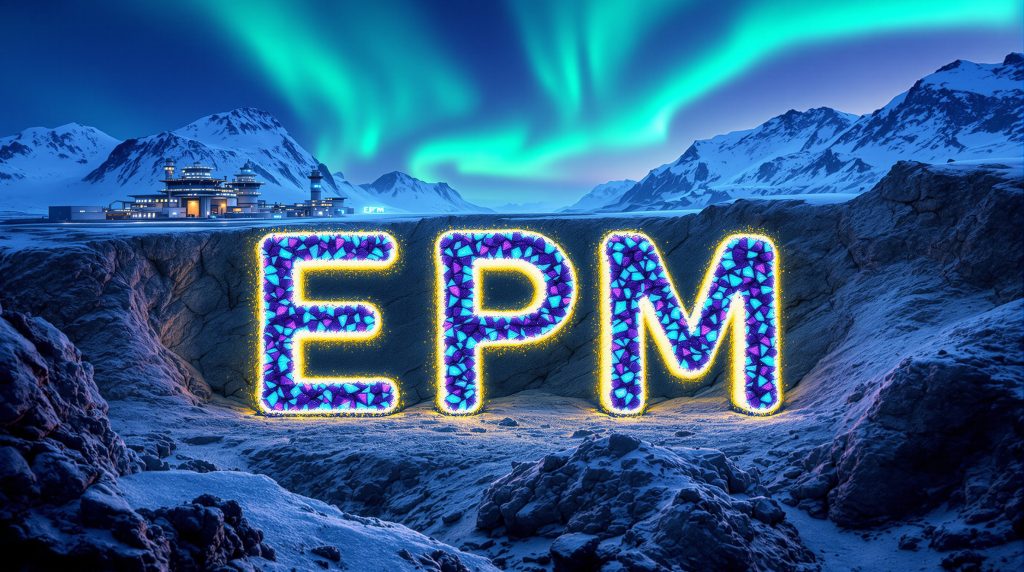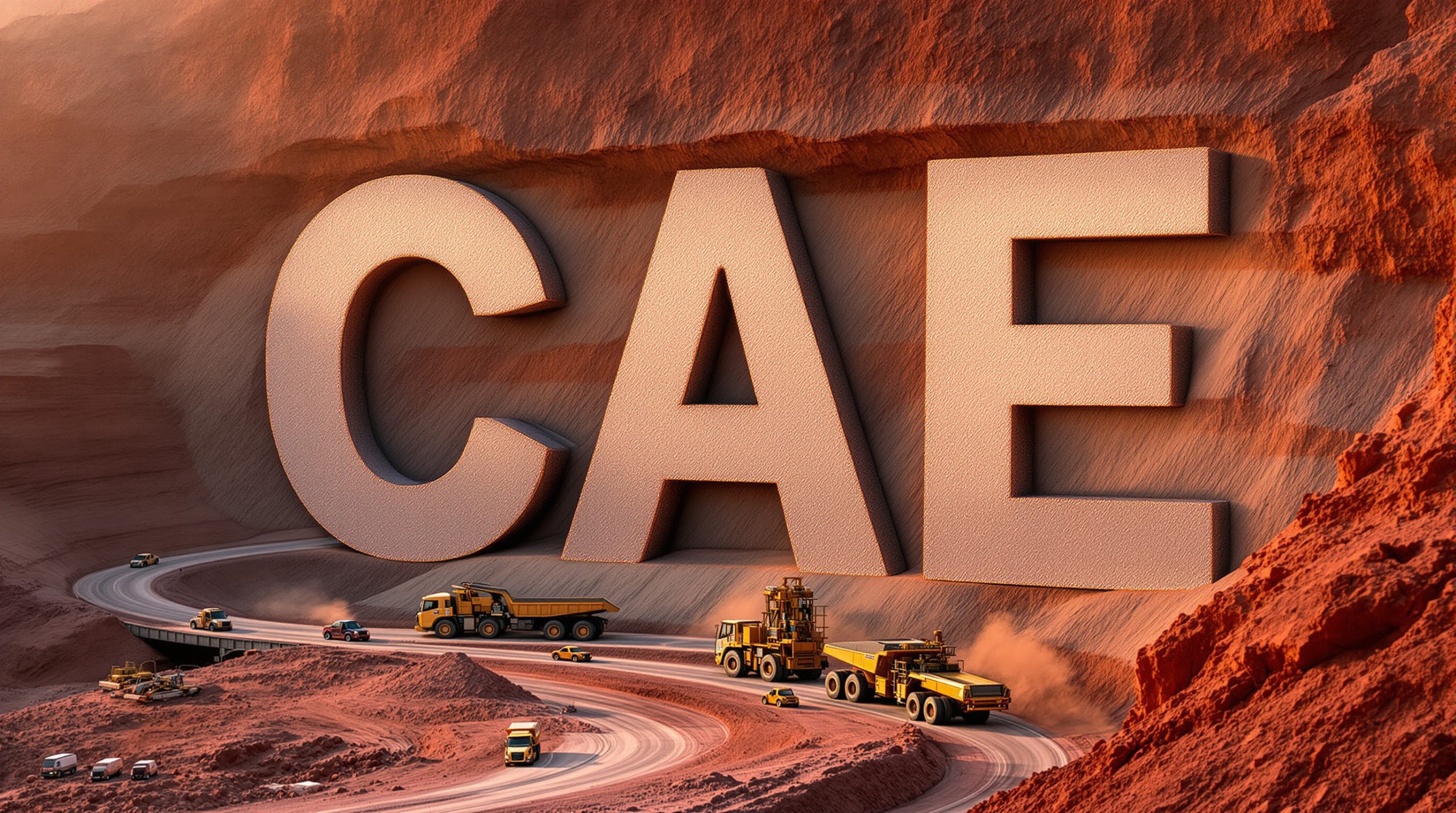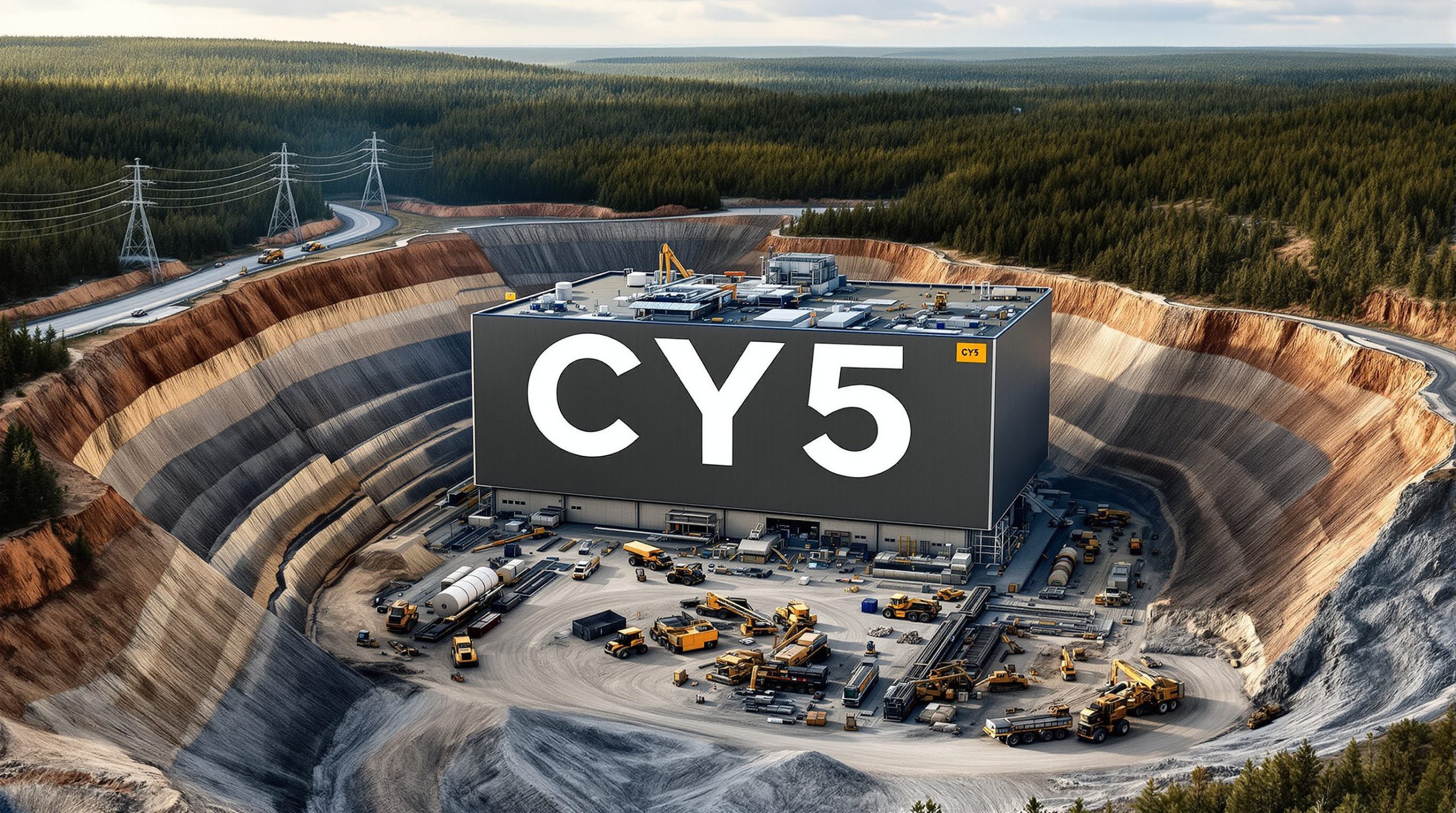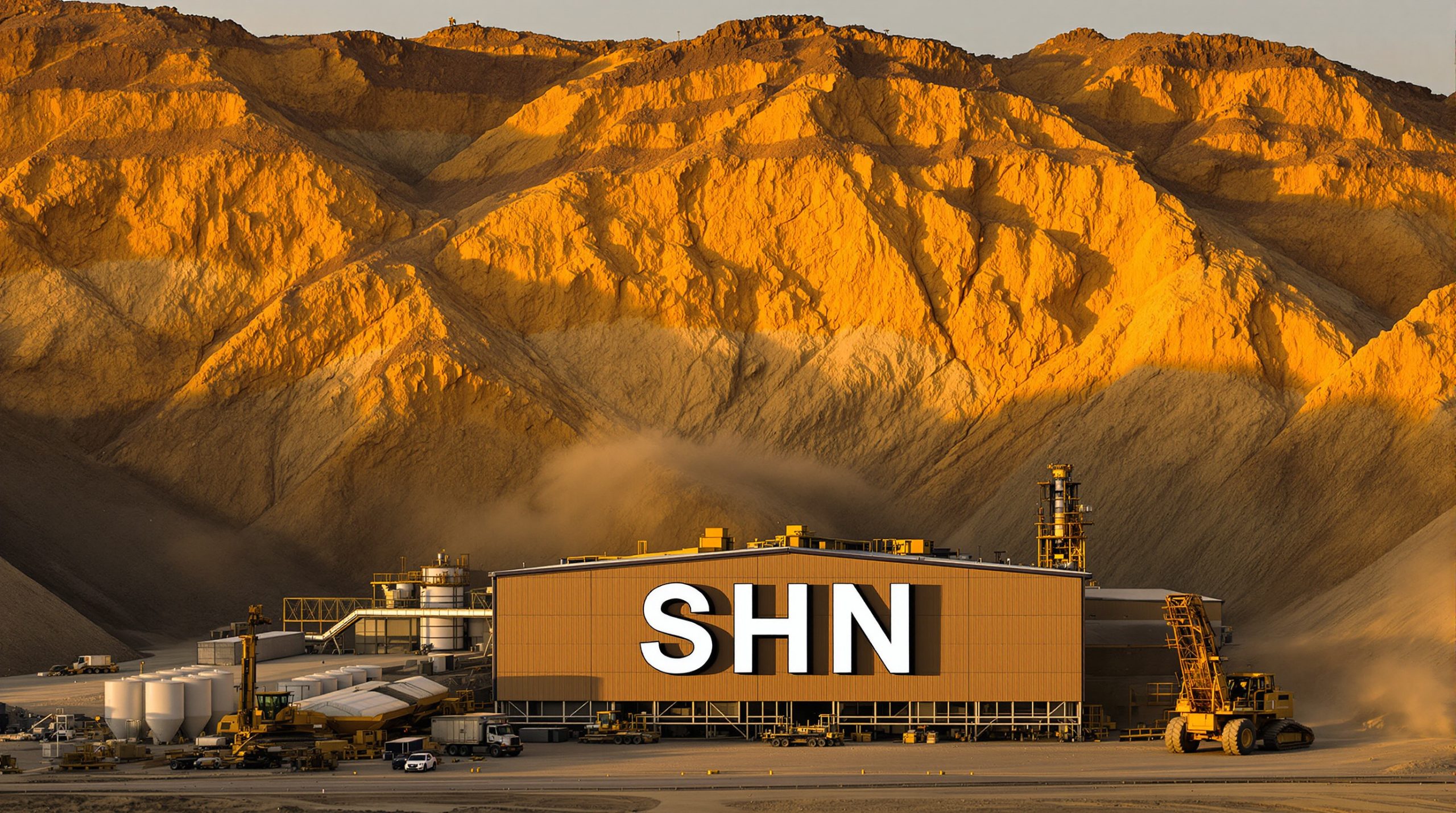Eclipse Metals Secures Strategic Greenland License Renewal Until 2027
Eclipse Metals (ASX: EPM) has achieved a significant milestone with the renewal of its Kamittalik license (formerly MEL 2007-45) in Greenland until December 2027. This development establishes a clear pathway for the company to transition from exploration to mining operations for its rare earth elements (REE) and high-grade rare earth discoveries and polymetallic project in Southwest Greenland.
Strengthening Position in Critical Minerals Supply Chain
The Eclipse Metals Greenland license renewal, approved by Greenland's Minister for Business, Trade, Mineral Resources, Justice and Gender Equality, represents more than just administrative progress. It positions Eclipse strategically in the global race to secure critical mineral supply chains outside of dominant producer nations.
The renewed exploration license covers 39.2 km² and has been carefully redefined to avoid overlap with the Grønnedal military zone, creating clear operational boundaries while preserving access to the core REE exploration area.
"The Minister's approval of MEL 2007-45 until 2027 is a decisive step in Eclipse's transition from exploration to development. This renewal underpins our ability to finalise the SIA and EIA, progress project scoping studies and advance to public consultation – all essential steps towards a mining licence," said Executive Chairman Carl Popal.
Impressive Resource Potential in a Western-Aligned Jurisdiction
The Grønnedal project hosts an Inferred Mineral Resource Estimate of 89 Mt at 6,363 ppm TREO (with a 2,000 ppm cut-off), positioning it among significant REE deposits in Western-aligned jurisdictions. Beyond rare earth elements, the company's work at Ivittuut has identified additional critical minerals in Brazilian exploration and other areas including rubidium, gallium, and high-purity silica quartz.
This multi-commodity potential enhances Eclipse's value proposition, particularly in the context of global efforts to secure diverse supplies of critical minerals.
| Resource Details | Grønnedal Project |
|---|---|
| Classification | Inferred |
| Size | 89 Mt |
| Grade | 6,363 ppm TREO |
| Cut-off | 2,000 ppm |
Clear Path to Mining License
Eclipse has mapped out a structured timeline toward obtaining a mining license:
- 2025: Submission of updated Terms of Reference for Social Impact Assessment (SIA) and Environmental Impact Assessment (EIA), followed by pre-consultation and public hearings
- 2026: Completion of final SIA/EIA and integration of White Paper studies
- 2027: Application for exploitation (mining) license
This methodical approach aligns with Greenland's updated Mining Act and international best practices, demonstrating Eclipse's commitment to responsible development.
Understanding Rare Earth Elements: Strategic Importance
Rare earth elements comprise 17 metallic elements essential for modern technologies, particularly in renewable energy and defense applications. Despite their name, many REEs are relatively abundant in the Earth's crust – the challenge lies in finding economically viable concentrations.
What makes REEs particularly valuable to investors is their critical role in energy transition technologies. Permanent magnets using neodymium, praseodymium, dysprosium, and terbium are essential components in electric vehicle motors and wind turbines. The global push toward decarbonization has intensified demand for these elements, with projections showing 5-7% annual growth through 2030.
Eclipse's Greenland project offers exposure to these critical minerals in a politically stable, Western-aligned jurisdiction – a significant advantage given that approximately 85% of global processing capacity currently resides in China.
Greenland's Emerging Role in Global Critical Minerals Security
Greenland has rapidly emerged as a focal point in the diversification of critical minerals supply. The territory's Mineral Resources Strategy 2025-2029 explicitly aims to position Greenland as a significant contributor to global critical mineral supply chains.
The strategic importance of Greenland is further underscored by its partnerships through:
- The EU's sustainable value chains initiative
- Membership in the Minerals Security Partnership (MSP), which includes the United States, Australia, Canada, and other Western nations
These geopolitical alignments enhance the long-term investment case for the Eclipse Metals Greenland license renewal, as Western nations increasingly prioritize secure supply chains for materials essential to energy transition and defense technologies.
Environmental and Social Governance Priorities
Eclipse has demonstrated a proactive approach to environmental stewardship and stakeholder engagement, essential elements for project advancement in Greenland's stringent regulatory environment. The company's ESG initiatives include:
- Collaboration with Arctic Command to ensure appropriate boundaries with military-controlled zones
- Baseline water sampling at the Ivittuut pit
- Marine monitoring at historical sampling stations
These efforts address potential legacy issues while aligning with Greenland's high environmental standards, potentially smoothing the path toward eventual mining approvals. Similar exploration strategy in Western Australia shows how companies are increasingly prioritizing responsible development across global operations.
Why Eclipse Deserves Investor Attention
Eclipse Metals presents a compelling investment proposition for several key reasons:
- Advanced-stage critical minerals exposure with an established resource in a Western-aligned jurisdiction
- Clear regulatory pathway to mining license, now further de-risked with the Eclipse Metals Greenland license renewal to 2027
- Multi-commodity potential spanning rare earth elements, rubidium, gallium, and high-purity silica
- Strong geopolitical tailwinds as Western nations prioritize diversification of critical mineral supply chains
- Proactive ESG approach aligned with regulatory expectations and investor priorities
The company's Greenland projects offer exposure to the accelerating global transition toward renewable energy and electrification, with rare earth elements being essential components in technologies from electric vehicles to wind turbines.
With the license extension secured until 2027, Eclipse has the regulatory certainty needed to advance toward development milestones, potentially creating significant value as the project progresses toward production. Furthermore, investors looking for diversified exposure might also consider Colombian silver district projects or Lachlan Star's Killaloe project for a broader portfolio approach.
For investors seeking exposure to critical minerals outside traditional jurisdictions, the Eclipse Metals Greenland license renewal represents an opportunity to participate in the evolving landscape of global resource security.
Interested in Investing in Critical Minerals for the Energy Transition?
Discover how Eclipse Metals' rare earth elements project in Greenland could provide strategic exposure to the growing critical minerals sector, potentially capitalising on 5-7% annual growth through 2030. Visit the Discovery Alert discoveries page to see how similar mineral discoveries have historically generated substantial returns for early investors.




